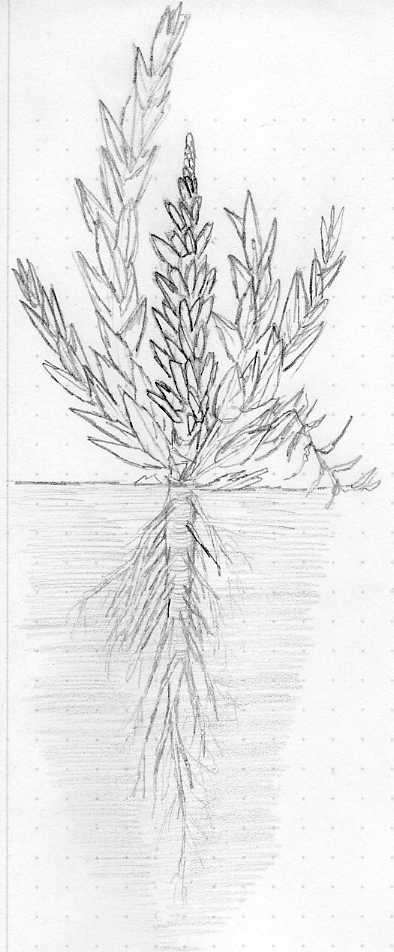

khara-karr

Name:
Khara-karr
Indigenous:
Trenoret, Karos, though also grown in other temperate lands.
Use:
Grown for edible fruit, secondarily as a vegetable (taproot).
Habit:
Plant is perennial, though may be grown as a biannual, in its first year it puts
forward a large rosette of leaves, and lays down a thick taproot, growth in the
second year is rapid, fuelled from the reserves stored in the tap root, after
initial leaf growth, a flowering spike develops in the middle of the crown, The
flower spike is erect, and like the leaves can grown to about 1-1.5m.
Favoured
conditions: Likes well drained and fertile soil, though requires much water
which has limited its use in more arid climes.
Structure:
The plant forms a large crown of leaves, each leaf stalk has about 10-20
leaflets depending on variety, and grows outwards from the crown (~1m).
Foliage:
Leaves are simple and lanceolate, they are arranged in a helical fashion up each
leaf stalk, most have smooth leaves, though a few cultivars have finely toothed
leaf edges.
Flowering
and fruits: The flowering spike is stiff and has its flowers arranged around it
in a helical fashion, these are transient, and develop into elliptical, gherkin
like fruits which point upwards and outwards from the flowering spike, in nature
these fruits are eaten by animals, and their seeds spread, nowadays the ripe
spikes are often cut down at base at harvesting.
Cultivation:
Seed is taken from over ripe fruits and sown in drills at about 0.5m intervals,
0.5-0.8 metres apart to allow for harvesting. In cultivars where the taproot is
also harvested they plants may be sown in slightly elevated mounds, unlike the
fruit, the taproots can be taken in the sowing year.










